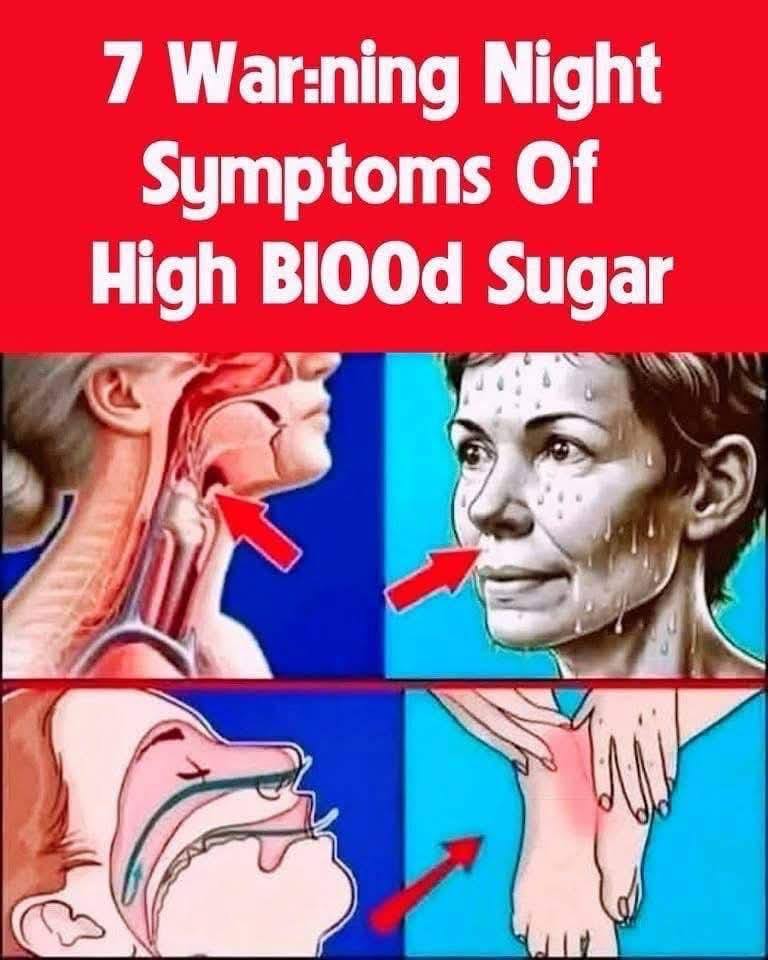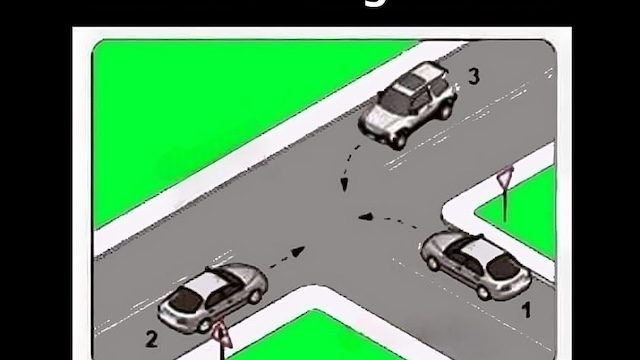High blood sugar, also known as hyperglycemia, is a condition defined by the World Health Organization as having a fasting blood glucose level above 7.0 mmol/L (126 mg/dL) or a level above 11.0 mmol/L (200 mg/dL) two hours after eating. This condition is most commonly seen in individuals diagnosed with diabetes and can occur either because the pancreas no longer produces insulin or because the body becomes resistant to insulin’s effects.

Recognizing the early warning signs of high blood sugar is critical in preventing serious health complications and in managing the risk of long-term damage to the body. One of the first and most common symptoms of high blood sugar is excessive thirst. When glucose builds up in the bloodstream, the kidneys attempt to flush it out by producing more urine. This loss of fluid increases thirst as the body tries to replace the lost moisture, causing people to drink more water than usual throughout the day and night. Along with increased thirst, many people experience heightened hunger.
Despite consuming regular meals, the body struggles to use glucose effectively when insulin is not working properly. As a result, sugar remains in the bloodstream instead of entering the cells for energy, tricking the brain into thinking the body is running low on fuel. This misinterpretation leads to persistent hunger and overeating, even when the person has just eaten. Another visible indicator of high blood sugar is the appearance of small, yellowish bumps on the skin, typically located on the arms, legs, or back. These bumps, known as eruptive xanthomatosis, are caused by high levels of triglycerides in the blood, a common issue in people with poorly managed glucose levels.
Though they may be mistaken for regular pimples or skin irritations, these bumps are actually a sign that blood sugar may be dangerously high. Fatigue is another early symptom of hyperglycemia that should not be ignored. Since glucose is the body’s main source of energy and it’s not being absorbed properly, the cells are left starved, leading to persistent tiredness and exhaustion, even after a full night’s sleep. This lack of energy can affect everything from daily productivity to emotional well-being. In some cases, high blood sugar can cause visual disturbances and headaches.
The extra glucose in the blood can lead to swelling in the lens of the eye due to fluid retention, which affects the ability to focus clearly. This pressure not only distorts vision but can also lead to painful headaches, making daily tasks more difficult and reducing overall quality of life. Another troubling symptom that may develop over time is tingling or numbness in the hands and feet. Prolonged high blood sugar levels can damage nerve fibers, especially in the extremities, a condition known as diabetic neuropathy. This nerve damage can result in a sensation of pins and needles, or a total loss of feeling, which can interfere with balance, coordination, and even cause pain. Finally, the presence of skin tags can also be linked to elevated blood sugar levels. These small, soft, flesh-colored growths typically appear on the neck, underarms, groin, or eyelids. While they are harmless, an increase in skin tags may be an early sign of insulin resistance or type 2 diabetes and should not be ignored. Being aware of these early signs of high blood sugar can play a major role in preventing more serious health issues down the line. If you or someone you know is experiencing several of these symptoms, it’s important to consult a healthcare professional for proper testing and guidance. Early intervention can help manage blood sugar levels effectively and reduce the risk of complications associated with diabetes. Monitoring your body’s signals and making lifestyle changes when necessary can make a significant difference in your overall health and well-being.





